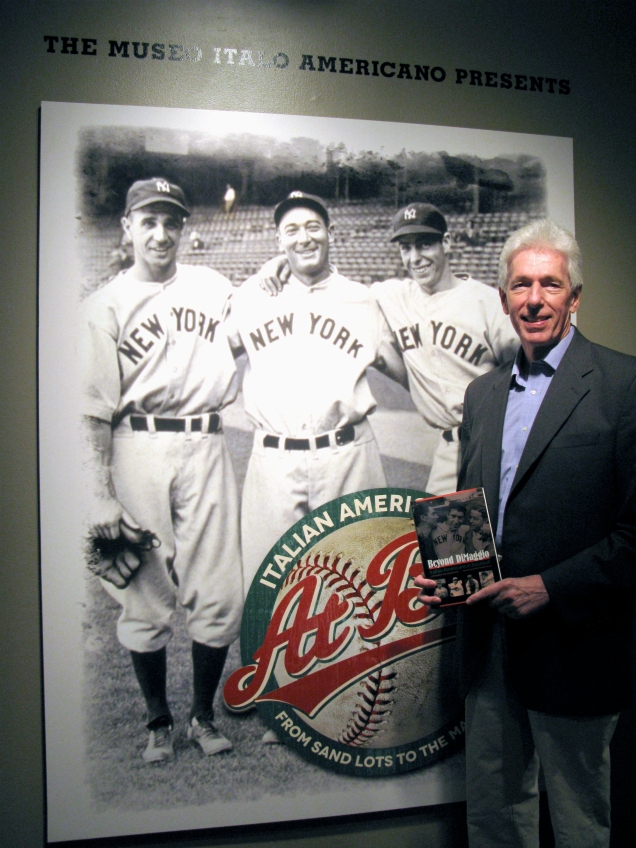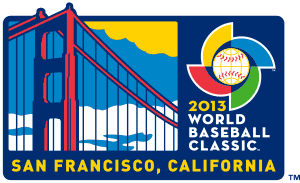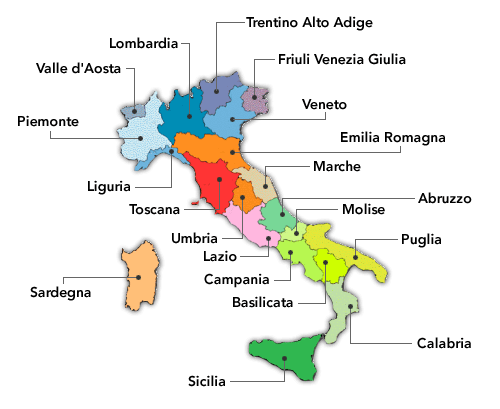

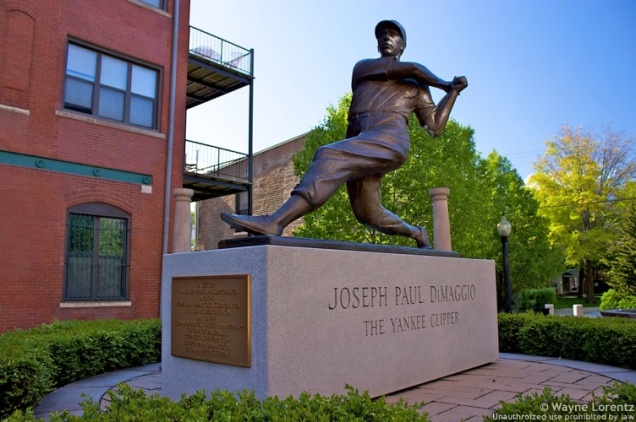








and quite possibly Rome as members of the Baseball Hall of Fame in both America and Italy.

the Red Sox organization during early 2008, Rizzo was diagnosed with limited state classical Hodgkin’s lymphoma. The Boston front office as well as Red Sox pitching ace
Jon Lester, a non-Hodgkin’s lymphoma survivor, were supportive of Rizzo in his battle against cancer. By beating this life-threatening disease, the sky was the limit
for this young man’s future. Now a cancer survivor himself, Rizzo is an inspirational role model who helps cancer patients and their families through the ongoing efforts of
the Anthony Rizzo Family Foundation.
Tuesday #Cubs Anthony Rizzo made a surprise pregame visit to H. Lurie Children’s Hospital of Chicago. twitter.com/LurieChildrens… #CancerSurvivor
— Roberto Angotti (@ABLblogger) April 21, 2013
We’re thrilled to partner with the Anthony Rizzo Family Foundation for our 3 “Meet the Team” parties this season,… fb.me/JbEwE5Ba
— Kane County Cougars (@KCCougars) April 8, 2013
Andre Dawson joined Anthony Rizzo at the Anthony Rizzo Family Foundation’s Walk Off For Cancer 5K this morning: twitter.com/Cubs/status/27…
— Chicago Cubs (@Cubs) December 9, 2012
We’re proud supporters of the Anthony Rizzo Family Foundation. Check out Anthony’s story and foundation here bit.ly/ScGxre.
— Marucci(@MarucciSports) November 20, 2012
Hey #Cubs fans, I’ve got a new page for everyone to go like! Check out the Anthony Rizzo Family Foundation page on… fb.me/WgBvfxqe
— Between the Vines (@CubsStories) October 1, 2012
Everyone, Cubs fan or not, should support The Anthony Rizzo Family Foundation. Check out his site at rizzo44.com. Thanks!Plz RT
— Anthony Rizzo-Holics (@AnthonyRi44o) September 17, 2012



and successfully breaks up a double play attempt.
“No one scripted us to be where we are. But we had a lead in every game we played in this tournament. Every-one has written us off–we shouldn’t be here, this and that. I think we’ve earned the respect that we didn’t get at all in this tournament.”

in an exhibition game against the Oakland Athletics off pitcher Fernando Rodriguez while playing for
Italia at Phoenix Municipal Stadium on March 5th.



Italy took an early 4-0 lead against the 2013 WBC Champion Dominican Republic. Rizzo contributed offensively with a walk and run scored, but the Italians fell short in a heartbreaking
5-4 loss. Facing elimination versus WBC runner-up Puerto Rico, the left-handed slugger drove a three-run double into the right center field gap to put the Italians up 3-0 in the fifth inning, but Puerto Rico came back to lead 4-3. Rizzo walked in the top of the ninth to represent the game-tying run, but he would be left stranded.
the Prince Albert and went through Ellis Island. Rizzo’s father, John, remained in contact with his brother’s brother-in-law in Sicily throughout the WBC tourney. John Rizzo said, “They have a small core of baseball fans. It’s like a cult thing.” It won’t be a cult for long as baseball continues to be gain popularity among Italy’s youth. Having won back-to-back European Baseball Championships, the Italian national team has attracted the country’s finest athletes. Analogous to Chinese hero Yao Ming and Jeremy Lin’s contributions to the growth of basketball in China, Italian-born Alex Liddi and Anthony Rizzo are now baseball icons in Europe.
![]()
With every Team Italy win came its fanaticism. It was no coincidence that the merchandise booths at Phoenix’s Chase Field had sold out of of t-shirts and jerseys before Italy’s game against Team USA. The onslaught of Italian youth sporting RIZZO proudly on their back has only begun. Just as he has become of the face of the Chicago Cubs franchise, Anthony Rizzo has become the backbone of the Italian baseball revolution supported by Mike Piazza. When the 12-time MLB All-Star catcher becomes the first Italian American to be inducted into both the American and Italian Baseball Hall of Fame, the stakes for Anthony Rizzo to repeat history will set the tone for a Team Italia reunion.

Americans have played baseball in the majors
since 1897? The San Francisco Bay Area produced many of baseball’s pioneers and originated the
sandlot playing field in the 1860s. In fact, the
earliest West Coast games were played downtown
on a sandlot where San Francisco City Hall stands today–nearly a century before the Giants and
Dodgers arrived in 1958. So it’s most appropriate Italian Americans at Bat: From Sand Lots
to the Major Leagues, a lavish documentary
exhibition of baseball memorabilia celebrating
the vast contributions of Italians Americans to
baseball, be on display for FREE in Reno, Nevada
at the magnificent Arte Italia through May 19th.
Located at 442 Flint Street, Arte Italia is open
Thursday through Sunday from noon to 5 PM
(www.arteitaliausa.com). The chronologically-
arranged exhibition was originally curated by
the Museo Italo Americano, the Italian American Museum of San Francisco, which explains why
there is a strong emphasis on Bay Area teams. However, it plays out perfectly for the climactic
finish to the showcase: an autographed cap
and jersey worn by 2012 World Champion
San Francisco Giants’ lefty starter Barry Zito,
who won the opener of the 2012 World Series.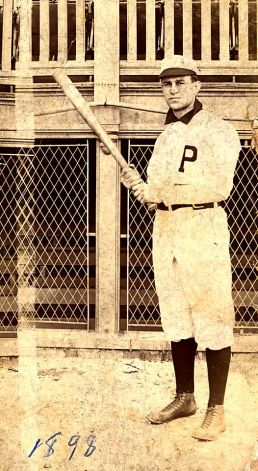
The exhibit’s co-curator, writer and historian Lawrence DiStasi of Bolinas, has loved the game since rooting for the New York Yankees as a child and playing baseball in the streets of Connecticut. In addition to writing all the text panels for the exhibition, DiStasi weaves together ideas, stories and statistics to depict the Italian American experience. There is a timeline of the years 1845 to 2012, which includes historical points of baseball and Italian immigration into the United States–and most importantly when those two histories intersect. The exhibition highlights several decades: the early days of redefining cultural stereotypes, transcending national barriers in the 30s and 40s, improbable triumphs of the 50s, 60s and 70s, the pride of the modern era, and a dominant presence in the Hall of Fame. Joe DiMaggio is the coveted star of the exhibition, and his 56-game hitting streak in 1941 is accented by DiStasi’s text panels which document each hit recorded in the “Dimag-o-Log” that SF Chronicle ran in the Sporting Green every day. Joe DiMaggio, along with his brothers–
Dom and Vince, Tony Lazzeri, Frank Crosetti, Babe Pinelli, Ernie Lombardi, Rugger Ardizoia, Billy Martin and Jim Fregosi are among the celebrated Italian American players with strong baseball roots to the Bay Area.
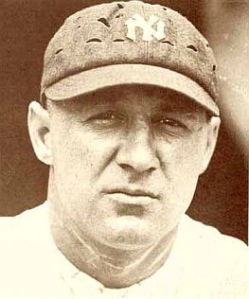
perhaps just as poignant is the profound
effect baseball has had on the Americanization of Italians. Faced with Italian-born parents who opposed his participation in pro baseball and regarded the sport as juvenile as well as not the wisest career choice–Ed Abbaticchio, probably the first person with an Italian surname to play professionally in 1897, was offered a hotel by his father if he would stop playing baseball. Despite the temptation, the ballplayer refused the bribe and pursued his passion for the game. However, some could not withstand the pressure and caved in to discriminatory bias and the constant ridicule sports writers bestowed upon Italian names. Among them was Francesco Pezzolo, who chose a California mining town as his name-sake and became Ping Bodie–the big league center fielder who played from 1911 to 1921.

slick with water. He never reeks of garlic and prefers chicken chow mein to spaghetti.” After Japan bombed Pearl Harbor on December 7, 1941, the United States declared war
After Japan bombed Pearl Harbor on December 7, 1941, the United States declared war
and began targeting those of German, Italian or Japanese descent. The Italians were the largest immigrant group in the U.S. at the time and about 600,000 of the country’s five million Italian immigrants who had not yet naturalized were forced to register as enemy aliens. Required to carry photo ID booklets and surrender flashlights, shortwave radios, guns, binoculars, cameras and other “contraband,” Italian enemy aliens were subject to FBI raids and nightly house arrest with a curfew from 8 PM to 6 AM. Noncitizens could not travel more than five miles from home without a permit. Lawrence DiStasi, author of “Una Storia Segreta: The Secret History of Italian American Evacuation and Internment during World War II”, reports that 10,000 Italians in California were evacuated, mostly from coastal areas and sites near power plants, dams and military installations. Ironically, the half-million Italian Americans serving in the U.S. armed forces at the time of the crackdown were the largest ethnic group in the military. Of the 257 Italians put in internment camps for up to two years, 90 were from California. Fishing boats were seized, and thousands of fishermen lost their jobs. In San Francisco, 1,500 people–including Joe DiMaggio’s parents–were idled. 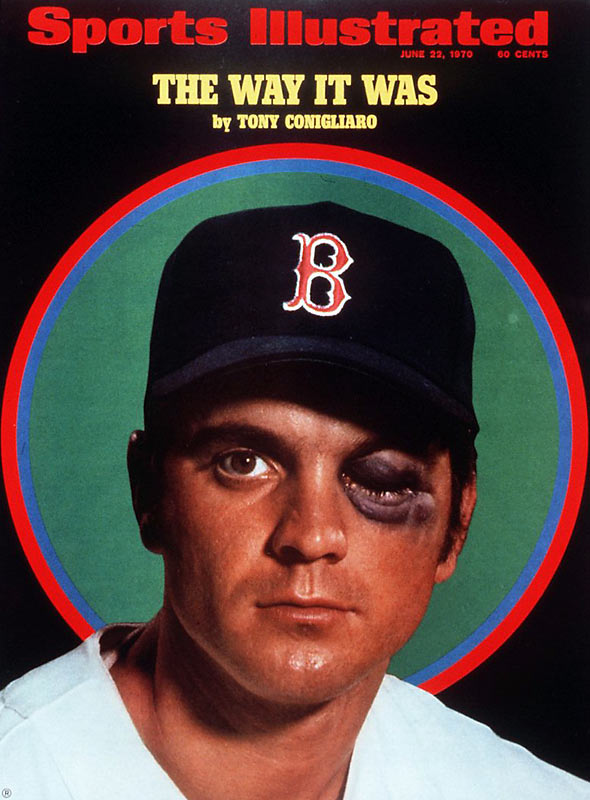 “The opportunity to showcase the adversity and accomplishments of legendary Italian American baseball players is one we welcome and relish,” said Kristen Avansino, President and Executive Director of Arte Italia. “For them, it was a way to integrate into the American way of life,” added Arte Italia Program Director Annie Turner. The exhibition brings home
“The opportunity to showcase the adversity and accomplishments of legendary Italian American baseball players is one we welcome and relish,” said Kristen Avansino, President and Executive Director of Arte Italia. “For them, it was a way to integrate into the American way of life,” added Arte Italia Program Director Annie Turner. The exhibition brings home
the message that baseball allowed Italian Americans to assimilate into popular culture:
“This most American of sports became a quick way to counter that negative immigrant identity as an outsider.” Phil Rizzuto, Yogi Berra, Rocky Colavito, Roy Campenella, Ron
Santo, Carl Furillo, Joe Caragiola, Sal Maglie, Tony Conigliaro, Tommy Lasorda, Joe Torre, Tony La Russa, Mike Scioscia, Ken Caminiti, Craig Biggio, Mike Piazza, Mike Napoli and
former Commissioner of Major League Baseball Bart Giamatti are just some of the legendary Italian American baseball ambassadors that have etched their names into U.S. sports history forever. Italian Americans at Bat: From Sand Lots to the Major League pays tribute to their contributions, and those of over 400 others who have left their unique imprint
on the game. Currently on display in Arte Italia’s upstairs Michelangelo and Leonardo
da Vinci galleries are vintage jerseys, a plethora of memorabilia–including classic baseball cards and autographed baseballs, press clippings of career milestones, an interactive
touch screen computer database featuring memoirs, stats, and career highlights of
Italian American players and 14 World Series Championship managers as well as
over 200 archival photographs of some of the greatest moments in baseball history.